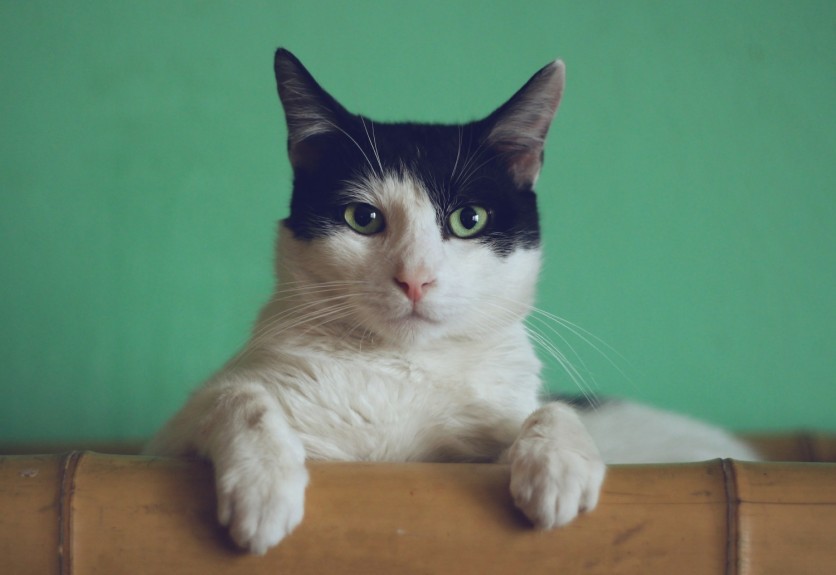Have you ever found yourself pondering what your cat or other animals are trying to convey through their meows, facial expressions, or body language?
Artificial intelligence (AI) might soon hold the key to deciphering the intricate language of our furry and feathered friends.
According to the latest report, scientists are exploring a new AI technology to unravel the hidden meanings behind the vocal and physical cues of various animals.
AI as an Animal Translator

According to Daniel Mills, a professor of veterinary behavioral medicine at the University of Lincoln, AI has the potential to shed light on the enigmatic world of animal communication.
Cats, for instance, exhibit a diverse range of facial expressions when interacting with humans. Recent research that The Guardian spotted even revealed that felines boast a repertoire of 276 facial expressions when communicating with their fellow cats.
Dr. Brittany Florkiewicz, an assistant professor of psychology at Lyon College in Arkansas and a co-author of the new study, emphasized the distinctiveness of facial expressions exhibited by cats in their interactions with humans compared to those directed at other cats.
Mills pointed out that this research pinpoints the complexity of feline facial expressions, which AI could help untangle. AI's strength lies in image classification, making it a valuable tool to decode and classify these expressions.
Related Article : Artificial Intelligence Revolutionizes Wildlife Monitoring for Biodiversity Preservation
Teaching AI to Understand Emotions
Mills and his colleagues are actively working to harness AI's capabilities in identifying specific features that indicate emotional states in cats, dogs, and horses.
For example, the position of the ears can convey various emotions, and AI can be trained to recognize and interpret these cues.
One innovative approach involves allowing AI to develop its own classification rules, which can offer fresh insights into understanding animal expressions.
Mills believes that this approach can uncover the underlying rules AI employs to distinguish different data sets, leading to a more nuanced understanding of animal communication.
AI for Animal Welfare
Beyond deciphering animal communication, AI has the potential to significantly impact animal welfare. For instance, it can be used to assess the well-being of animals on farms.
By screening the facial expressions of cows during milking, AI can provide valuable insights into their emotional states, allowing farmers to ensure their livestock's happiness and health.
AI's applications extend to conservation efforts as well. Dr. Elodie Briefer, an associate professor of ecology and evolution at the University of Copenhagen, has demonstrated how AI can classify pig vocalizations to distinguish between content and distressed pigs. This tool could be employed on farms to monitor animal welfare.
Furthermore, AI can be utilized to analyze animals' body postures and expressions in tandem with vocalizations. This holistic approach provides a more comprehensive understanding of how animals convey information, potentially unlocking secrets about their communication patterns and behavior.
AI's Far-Reaching Implications
The use of AI in decoding animal communication isn't limited to improving our understanding of our furry and feathered friends. It has broader implications for conservation, biology, and psychology. AI can offer valuable insights into the origins of some human traits and the development of language skills.
As Prof. Christian Rutz from the University of St Andrews notes, machine-learning methods have the potential to transform our comprehension of animal communication.
"We urgently need to agree on ethical standards for this kind of work to prevent unintended harm or misuse," he said.
This transformation can open doors to enhance wildlife conservation, improve animal welfare, and unveil the secrets of nature's own language. AI's role as an animal translator is poised to enrich our connection with the animal kingdom and deepen our understanding of the natural world.
To view the study titled "Feline Faces: Unraveling the Social Function of Domestic Cat Facial Signals," visit ScienceDirect.

![Apple Watch Series 10 [GPS 42mm]](https://d.techtimes.com/en/full/453899/apple-watch-series-10-gps-42mm.jpg?w=184&h=103&f=9fb3c2ea2db928c663d1d2eadbcb3e52)



